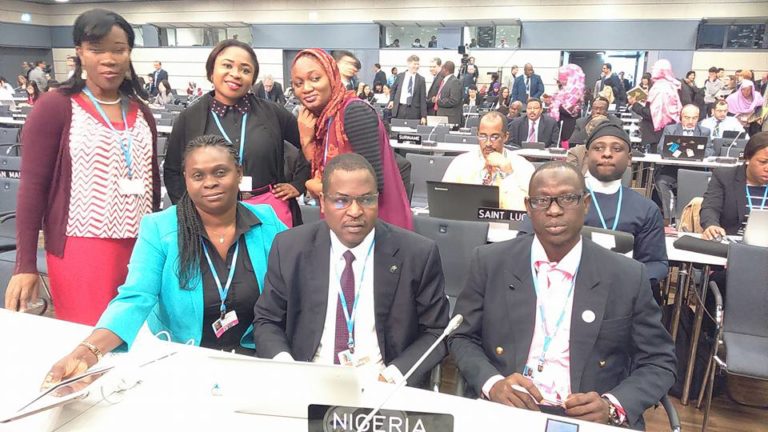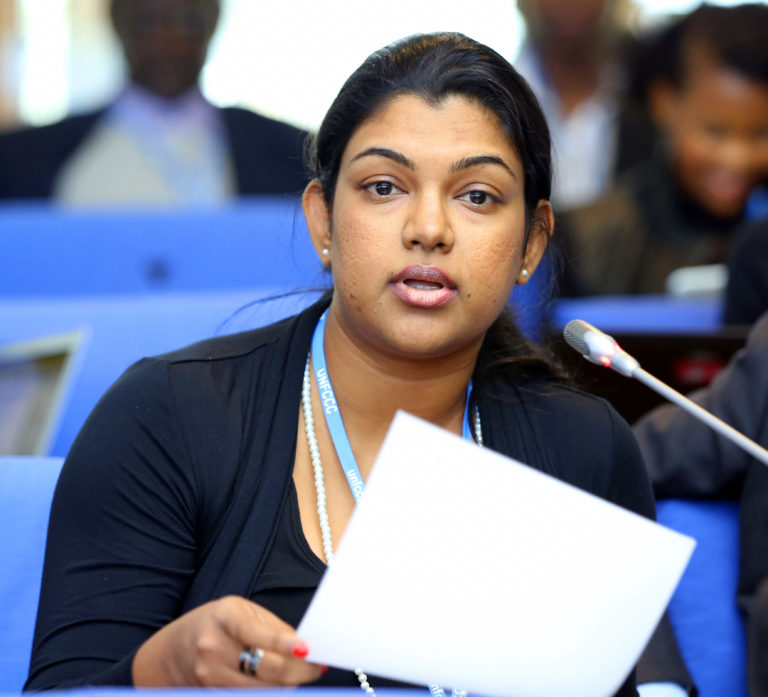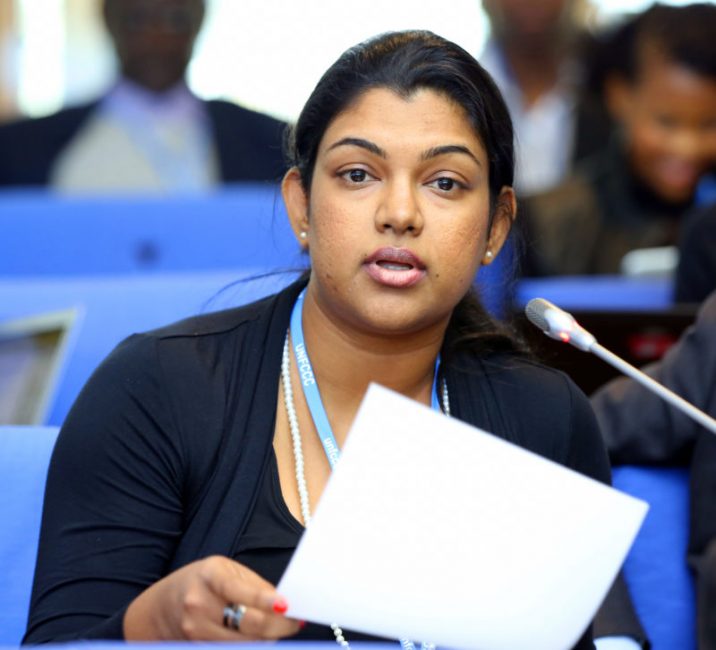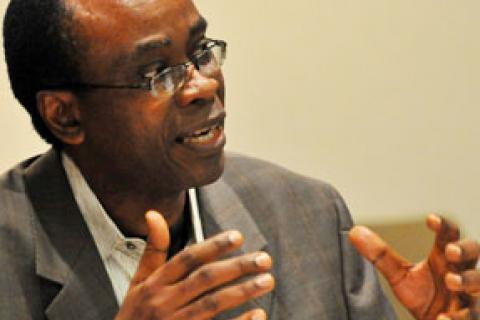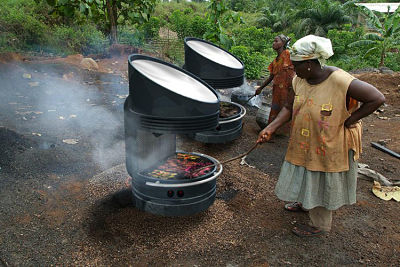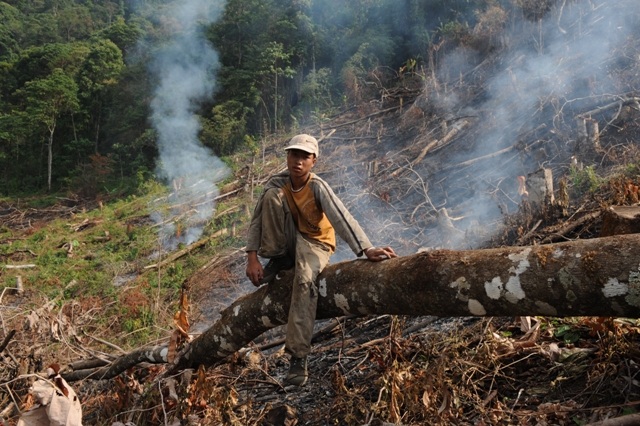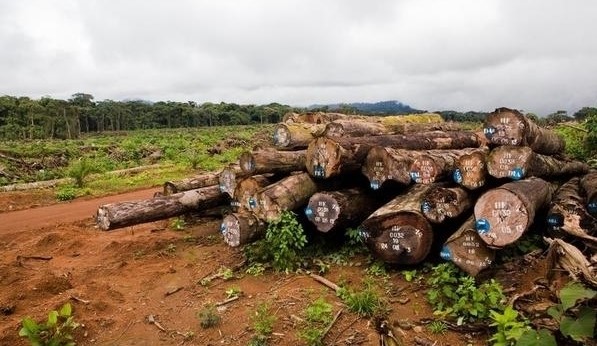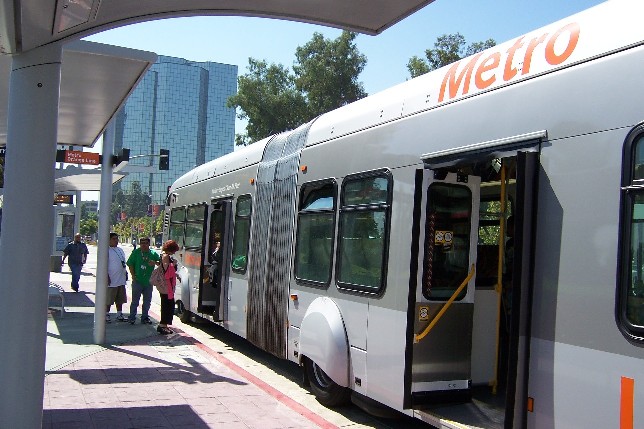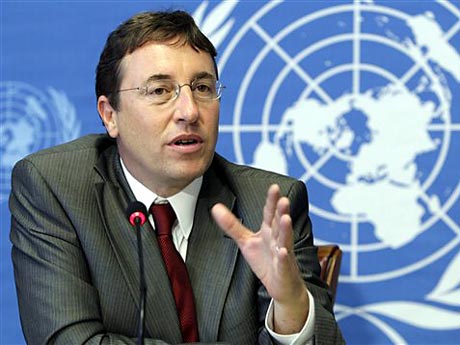United Nations climate change negotiations on Thursday in Bonn, Germany concluded their first session since the adoption of the Paris Agreement in December last year, including the first session of a new body called the Ad Hoc Working Group on the Paris Agreement (APA) tasked with carrying out activities related to the implementation of the Agreement. What was touted as a “housekeeping meeting” following the high-drama of COP21 turned out in fact to be more eventful than expected.
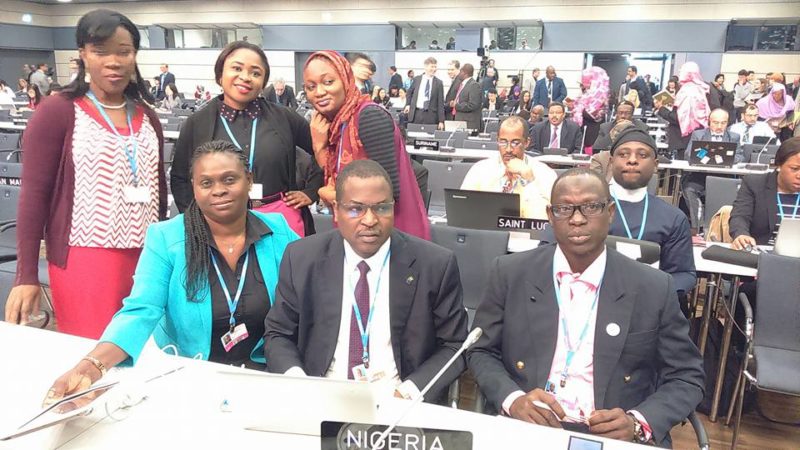
On the closing day, controversy flared around proposed techno-fixes involving bioenergy carbon capture and storage (BECCS) with several dozen African social organisations and networks issuing a joint statement entitled: “Sacrificing the global South in the name of the global South: Why the 1.5°C goal must not be met with land grabs.”
This was followed by an announcement of plans to launch a new renewable energy initiative for Least Developed Countries (LDCs) following on from last year’s breakthrough African Renewable Energy Initiative which has attracted $10 billion in pledges. The announcement was made during a press conference with Ambassadors from Sweden and Mali on behalf of the African Group, alongside the chief negotiator of the Alliance of Small Island States and the Chair of the LDCs.
Tense exchanges also took place throughout the week and boiled over in the closing plenary of the Subsidiary Body for Implementation around the issue of “conflicts of interest” with over 75 developing countries and many NGOs calling for climate talks to adopt measures which would limit the ability of fossil fuel corporations to advance their agenda, which runs contrary to the objectives of the negotiations.
As the negotiations wrapped up ahead of the next Conference in Marrakech, November 7-18, representatives from a diverse range of civil society groups expressed their views.
Harjeet Singh of Action Aid: “We spent another precious week engaged in very procedural discussions, but the hard work had to be done. As Gandhi said, ‘speed is irrelevant if you are going in the wrong direction’. Even as negotiations took place this week, the world has been dealing with record-breaking temperatures, and climate impacts. It’s clear that vulnerable communities around the world urgently need support. They need help when they are displaced, and they need strategies to cope with extreme weather events and slow onset impacts. The climate change agenda going forward must reflect these realities.”
Meena Raman of Third World Network: “As we move forward to Marrakech, we hope that developed countries will not re-negotiate what they have agreed in Paris for the Agreement to be implemented in a balanced manner, on all the elements, including mitigation, adaptation, loss and damage and means of implementation for developing countries. They should not resort to tactics in the process which lead to mitigation centric outcomes which that will not be just and equitable. We hope that now the process can carry on in an open and transparent way to ensure that a balanced outcome results in Morocco without a re-negotiation of the Paris Agreement and in implementing pre-2020 commitments with urgency.
“Asad Rehman, Friends of the Earth England, Wales, and Northern Ireland: “If Paris is to be more than just a diplomatic success, catalysing the urgent transformation of our global energy systems must be the cornerstone to meeting the planetary goal of 1.5°C. An important first step was the successful launch in Paris of the African Renewable Energy Initiative – now Marrakesh must build on that by broadening this initiative to other vulnerable countries. By becoming the COP for Renewable Energy, it would be genuinely deserving of global applause, for concretely tackling climate pollution as well as delivering energy to the millions of people who have none.”
Lidy Nacpil of the Asian Peoples Movement on Debt and Development: “If Marrakech is to live up to its billing as an implementation COP, developed countries must come to the ministerial dialogue on climate finance with clear commitments – with amounts and timeframe – to meeting the $100 billion promised in 2010 and reaffirmed in Paris. This $100 billion is a floor – the real needs of tackling climate change and addressing the impacts are much greater.”
Augustine Njamnshi of Pan-African Climate Justice Alliance: “For many years we demanded a 1.5°C goal, which for Africa means significantly more warming and severe impacts on food security. For many years we were told it was not politically possible. Now that we have a 1.5°C in the Paris Agreement, we are being told that the measures to achieve it are not politically possible.
“Instead of changing the mode of production and consumption in the global North, we in the South are being asked to sacrifice our land and food security on the assumption that technologies such as BECCS will work. Let me be clear: they will not work for us. We cannot sacrifice our food security and land. Instead we need urgent and serious mitigation to keep to 1.5°C. The next 5 years are critical – we hope countries come to Marrakech ready to increase their pre-2020 ambition in line with their fair shares.”
Tamar Lawrence-Samuel of Corporate Accountability International: “The Paris Agreement swings the door wide open to non-state actors, including to the private sector, not only to enhance climate action but also to engage in the policymaking process. But no process currently exists to address the perceived, potential, or actual conflicts of interests that could result from that engagement. If we are serious about keeping warming below 1.5 degrees Celsius, Parties must overcome opposition from the US and others and ensure this process has safeguards in place to maintain the integrity of the UNFCCC, it’s Parties and its outcomes.”

